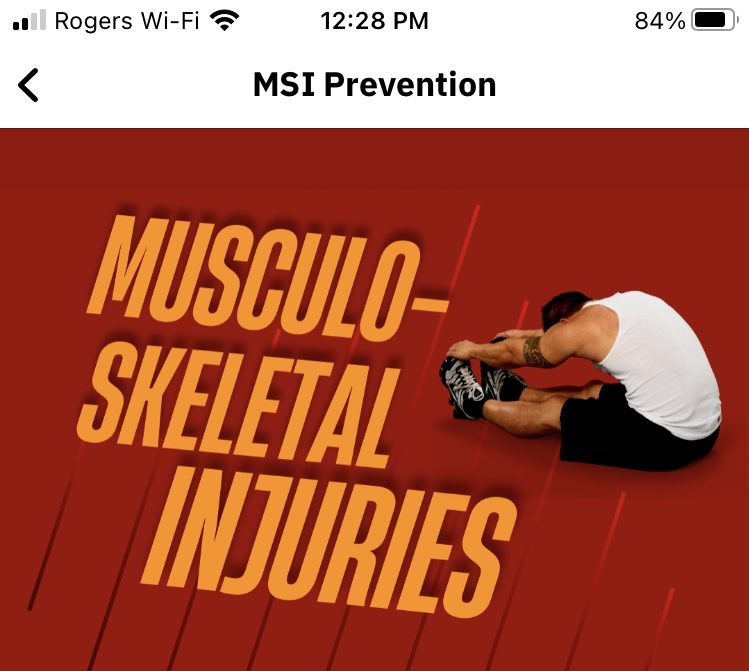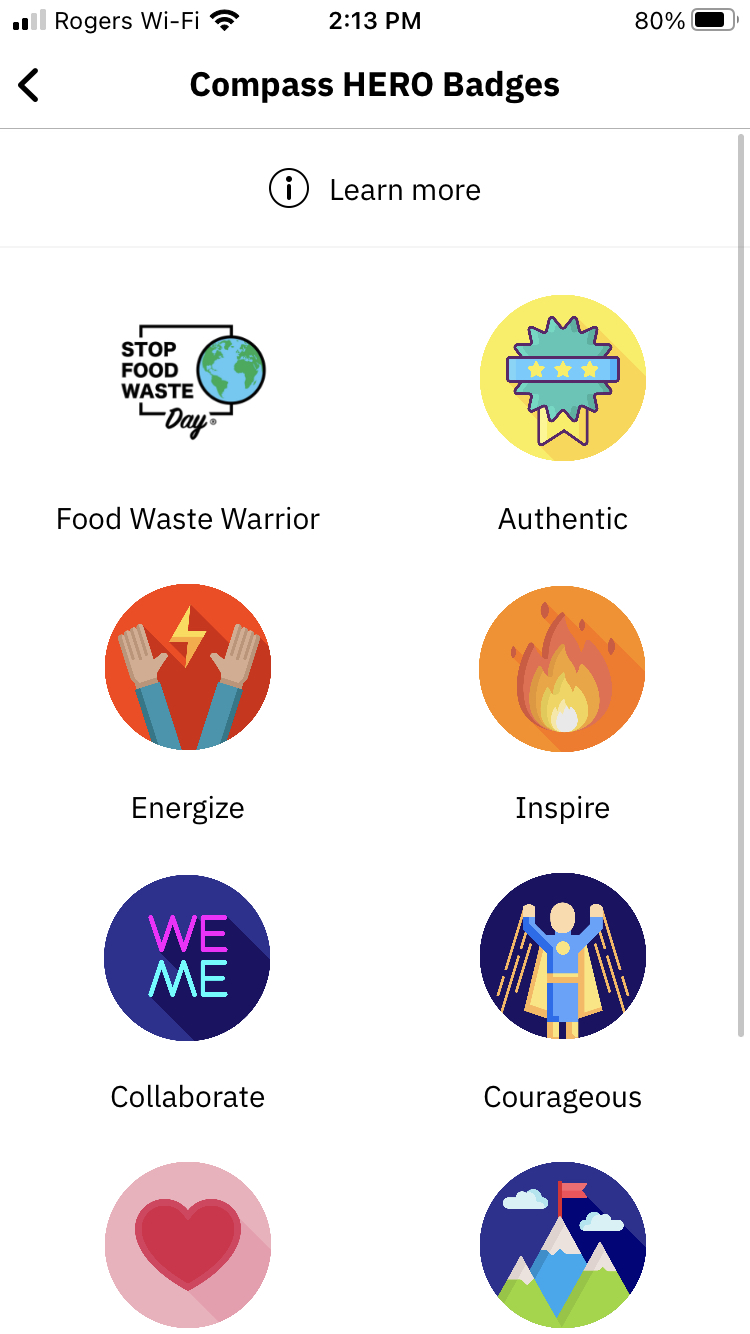
Compass Group Canada: Best Safety Communications Program award winner at 2022 OHS Honours
September 15, 2022
By
Todd Humber

Screen grab courtesy Compass Group Canada from the Nudge app.
The best part of the safety communications program at Compass Group Canada isn’t the messages that are pushed out by management.
It’s the feedback that come back from front-line workers, according to Brian Riley, associate vice-president of risk management at the foodservices company that has 20,000 workers located in every province and territory.
“That, to me, is always the more powerful piece,” said Brian Riley, associate vice-president of risk management.
Nudge powers communication
That two-way conversation is facilitated in part by Nudge, an all-purpose employee communication app the company launched about three years ago.
While it wasn’t designed by the safety team, they quickly unlocked its potential. It’s a slick tool that allows videos, pictures and more to be shared easily across the company.
“Prior to Nudge, there was a lot of one-way push to the business,” said Riley.
“Through emails, through messages that we post. This has really kind of given us more of that voice of our associates.”
For example, the safety team used Nudge to ask associates to share their favourite stretch. It also held a “Find the Hazard, Fix it” contest. Employees and managers can also recognize great work in a range of rankings from accountable to passionate.
Awards program

A screenshot from Compass Group Canada’s Nudge app.
But the app is just one piece of the puzzle. This year, it launched a Safety Innovation Award program to recognize (and encourage) employees who were being creative.
One of the winners was an idea to attach QR codes to safety equipment that links to training materials. To make a good idea even better, multiple QR codes were attached in different colours — with the colours corresponding to different languages so workers could get the information in their native tongue.
“Four years ago, we took our health and safety policy and translated that into 11 different languages,” said Riley. “We recognize that, for our staff, English and French isn’t the first language for all of them.”
It is also moving towards using more visual cues, something that is more universal and practical than trying to have all materials available in every language, he said, so that you “don’t have to know exactly how to read in that language specifically.”
Leading from the top
Another big reason the communications program has been successful is the top-down commitment to safety. Senior leaders regularly visit worksites and conduct safety walks — and have been trained to do them properly, he said.
“We said here’s some things you should demonstrate in terms of your behaviours — wearing your safety shoes, wearing a hairnet, washing your hands when you go into the kitchens,” he said.
That commitment isn’t just a nice-to-have — it’s part of every senior leader’s KPI.
That engagement with front-line associates, and recognizing them for strong safety performance, pays huge dividends, said Riley.
“The whole principle behind it is if your senior leader values something, and they communicate that to you, you too will share that value,” he said. “As a result, the message comes down that I care about our business performance in those traditional metrics, but I also care about safety a lot. And that’s why I’m talking to you about it. That’s what I’m going to thank you for what you’re doing.”